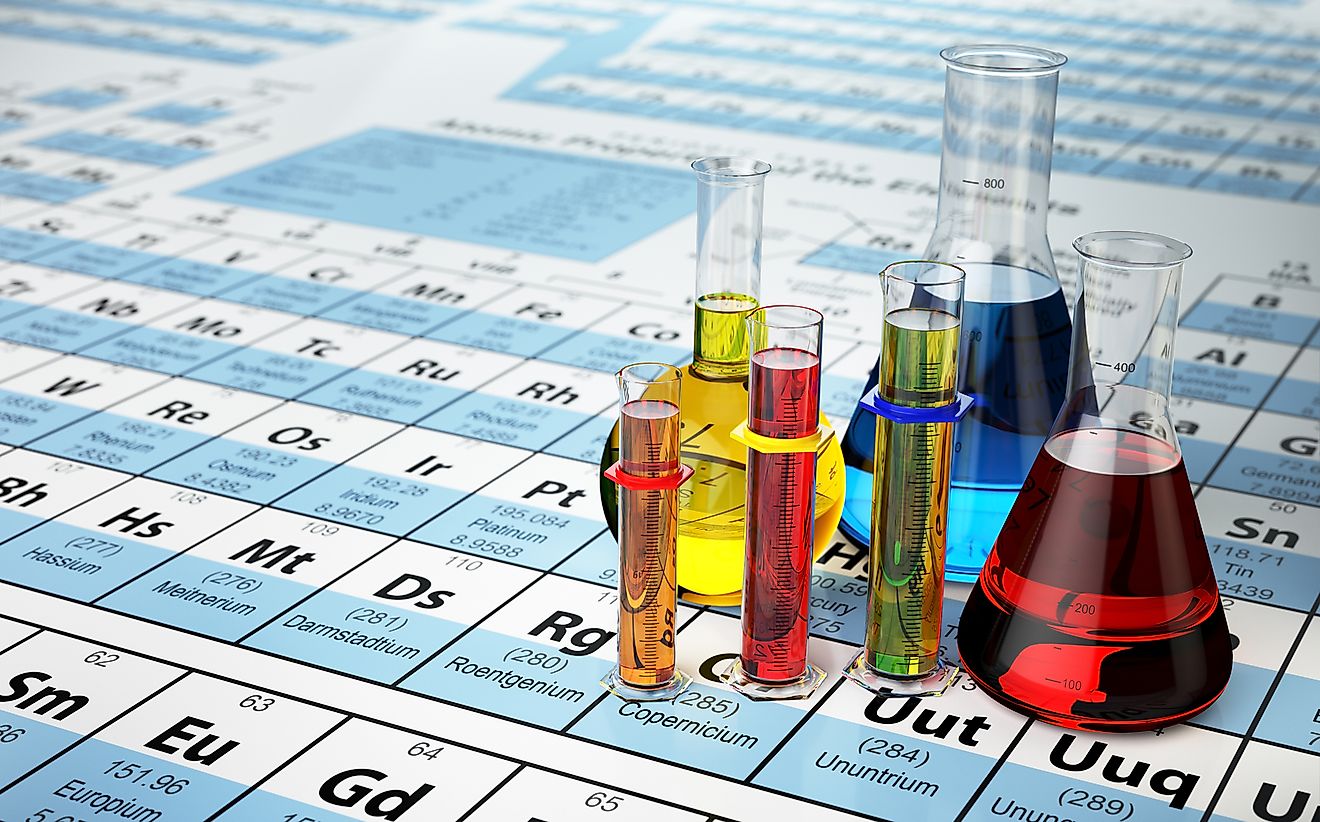What is Periodicity?

Periodicity is defined as the tendency of a series of events to follow a recurring pattern. An example of periodicity is the movement of the planets and satellites, which let us have a consistent measure of time.
This kind of pattern can be found anywhere, but the most prominent example of periodicity is in chemistry. The periodic table has a certain set of properties. These properties help chemists understand the relationship between elements and discover new elements.
Periodicity in Chemistry
The periodic table is a table of elements sorted by its atomic number. This table has an uncommon shape. The shape was first proposed by a Russian chemist, Dmitri Mendeleev in 1869. The first design of the periodic table includes unknown elements, so it has a different amount of elements in each row. Using periodicity, Mendeleev discovered elements by predicting their properties.
The current periodic table is arranged so that elements with similar types and properties are grouped together. The tables are color coded, so you can see the elements grouped as a type. This arrangement helps you visually remember the properties and the connection between elements.
Outer Shell Configuration
The periodic table has a lot of information packed in. Besides the properties of the elements and their metal group, you can also see their outer shell configuration or the valence shell electronic configuration. An atom has many layers in it, which contains electrons that bind atoms together.
Depending on the atom, the number of layers between elements differs. The outermost layer is where a free electron exists — an electron that can bind with others to form a compound. The periodic table arranges the atoms with the same outermost layer type together.
Periodicity in the properties happen because of the similar outer shell layer configuration mentioned previously. Information about this configuration is also important. You can understand a lot of things from this information, such as the bond between atoms or the behavior of an atom.
Properties
There are four periodic properties within a periodic table: ionization energy, atomic radius, electronegativity, and electron affinity. These properties form a pattern when lined up with a periodic table. Through this pattern, Mendeleev predicted the existence of other elements and current chemists can predict the behavior of the elements.
For example, ionization energy tells you which atoms are less likely to let go of an electron, which will make it a positive ion. This information comes in handy when you’re investigating a chemical reaction. Higher ionization energy means that it needs more energy to let go of an electron, making it less likely that the atom will be the positive ion in a chemical reaction.
This is just one example of periodicity and only in chemistry. There are other patterns that you can call a periodicity which forms the law of science. For example, the moon’s rotation causes tides to rise or fall. Spotting the periodicity of nature makes it easier for scientists to produce new discoveries.











